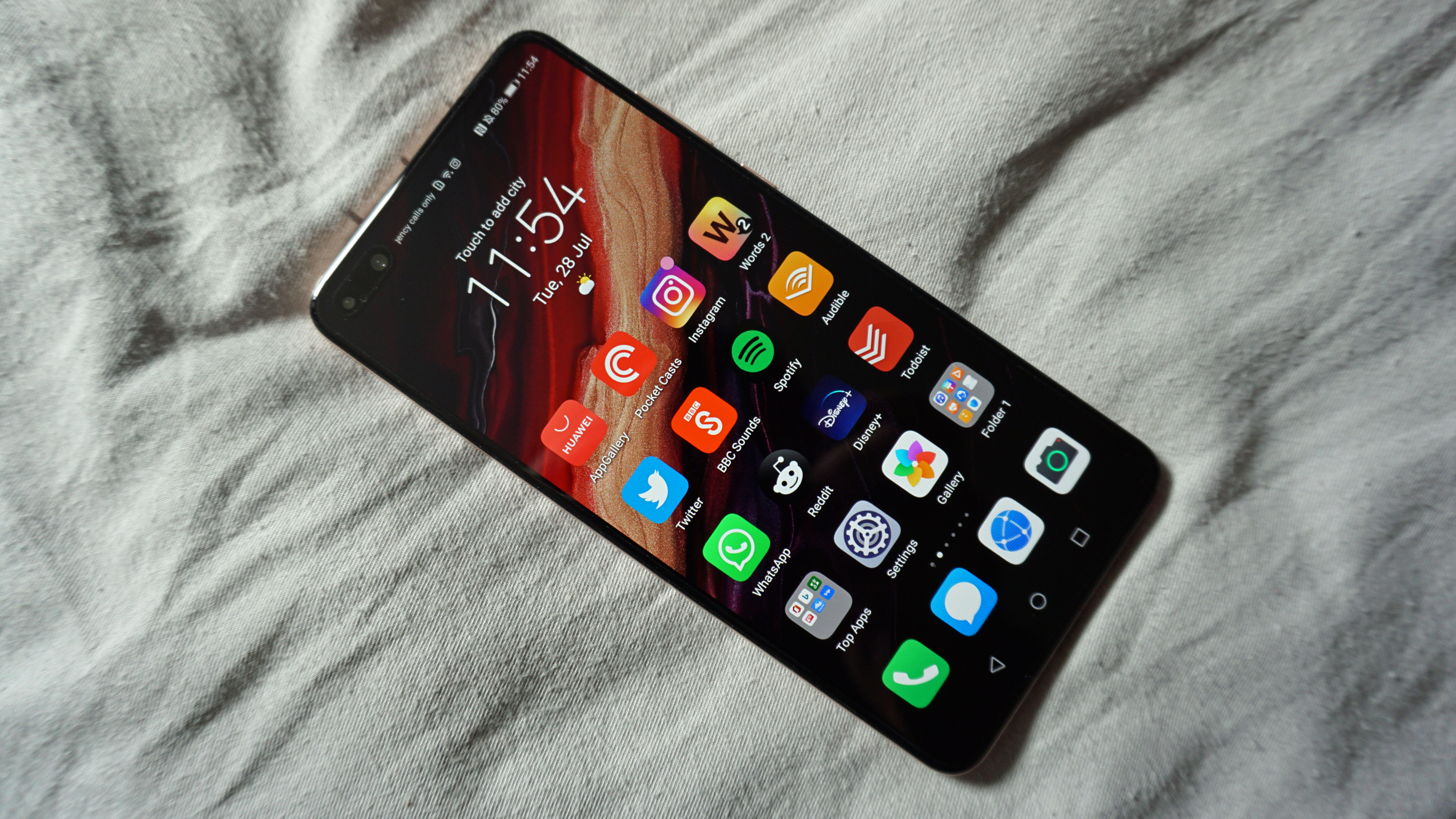Huawei topples Samsung to become world's largest smartphone maker
Coronavirus and Chinese recovery helps Huawei

Huawei has achieved its long-standing ambition of becoming the world’s largest smartphone manufacturer, according to two separate market analyses.
It appeared as though US sanctions that restricted the Chinese mobile giant’s access to components and software and exclusion from some markets had put paid to that achievement.
However the challenges faced by manufacturers amid the global coronavirus pandemic have allowed it to leapfrog Samsung into first place. The Korean giant overtook Nokia as the world’s largest mobile phone vendor in 2012 and had held the position ever since.
- Huawei slams new chip restrictions
- Huawei Android restrictions temporarily eased
- What does Huawei US ban mean for you?
Huawei smartphone sales
Most vendors recorded negative growth in the second quarter, while the global market contracted as lockdown restrictions on movement and a reduction in economic activity saw fewer smartphones sold in many parts of the world. According to Omida, shipments fell by 15.7 per cent to 331.8 million during the three month period.
The exception was China, where an economic recovery played into Huawei’s favour. According to Omida, shipments of Huawei devices fell by 4.9 per cent to 55.8 million. However this was more than Samsung which suffered a 27.7 per cent drop to 54.3 million. Unlike Huawei, Samsung does not have a significant share in China and is therefore more vulnerable to conditions in Western Europe and emerging markets.
Apple was the only major manufacturer to record growth, with the US firm increasing shipments by 13.1 per cent to 39.9 million units. Omida said the strong performance of the iPhone 11 flagship was complemented by the launch of the mid-range iPhone SE.
Analysts at Canalys, which also ranked Huawei above Samsung, said that the figures marked an incredible turnaround for the Shenzhen-based firm. The US sanctions had placed questions about the long-term future of the business and the desirability of its handsets in the West if consumers could not access familiar apps and services.
Sign up to the TechRadar Pro newsletter to get all the top news, opinion, features and guidance your business needs to succeed!
“If it wasn’t for COVID-19, it wouldn’t have happened,” said Canalys senior analyst Ben Stanton. Huawei has taken full advantage of the Chinese economic recovery to reignite its smartphone business. Samsung has a very small presence in China, with less than 1 per cent market share, and has seen its core markets, such as Brazil, India, the United States and Europe, ravaged by outbreaks and subsequent lockdowns.”
“Taking first place is very important for Huawei,” added Canalys analyst Mo Jia. “It is desperate to showcase its brand strength to domestic consumers, component suppliers and developers. It needs to convince them to invest, and will broadcast the message of its success far and wide in the coming months.
“But it will be hard for Huawei to maintain its lead in the long term. Its major channel partners in key regions, such as Europe, are increasingly wary of ranging Huawei devices, taking on fewer models, and bringing in new brands to reduce risk. Strength in China alone will not be enough to sustain Huawei at the top once the global economy starts to recover.”
- Here are the best deals for Huawei mobile phones around today
Steve McCaskill is TechRadar Pro's resident mobile industry expert, covering all aspects of the UK and global news, from operators to service providers and everything in between. He is a former editor of Silicon UK and journalist with over a decade's experience in the technology industry, writing about technology, in particular, telecoms, mobile and sports tech, sports, video games and media.